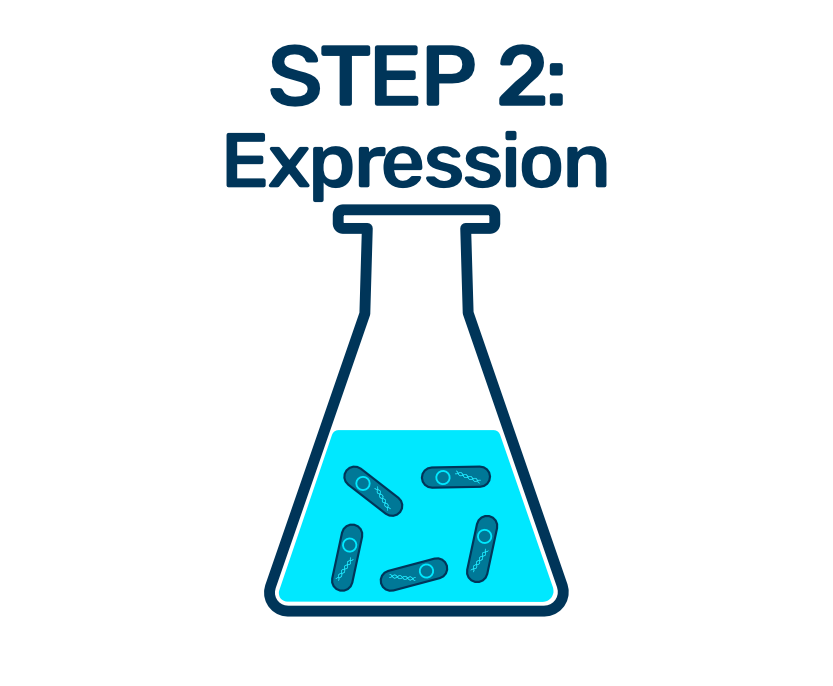Cortalix Nanobody Services
Discover our 6-step services solutions
STEP 1: Panning & Selection
Synthetic Library
Our synthetic nanobody libraries have a diversity of at least 108 different molecules. The libraries are based on a robust and unique framework in which (parts of) the CDR regions have been randomized by using trimer phosphoramidites. The highly diverse set of nanobody genetic fragments has been cloned into phagemid vectors and introduced into E. coli TG1. This enables the screening of nanobodies by employing the phage display technology in which nanobodies are displayed on the surface of M13 bacteriophages.


Selection modalities
There are several ways in which we can select antigen-specific nanobodies from our library. The target protein of interest can be immobilized to a matrix such as wells in an ELISA plate (solid phase panning) or conjugated to beads in solution which can be captured with the aid of a magnet (liquid phase panning). We are also experienced with biopanning on whole cells or using pieces of tissue for exposure of nanobodies to the antigen in its native environment. It is also possible to alternate between the different approaches. Through a number of panning rounds, we obtain a selection of antigen-specific clones from which we will choose the best ones. By DNA sequence analysis the amino acid sequences of the selected nanobodies and clonal diversity will be revealed.
What can you expect from step 1
- You provide us with ~ 100 microgram of your target protein.
- We perform a few control tests with the target protein on e.g. SDS-PAGE.
- We prepare a screening matrix (preferably starting with a 96-well plate).
- We perform 3-4 rounds of biopanning starting from our animal-free nanobody synthetic library in E. coli.
- Initial selection of up to 10 positive clones for DNA sequence analysis.
- Deliverables:
- Amino acid sequence of at least 2 unique target specific VHHs.
- A comprehensive study report.
- Expert advise for further development.






